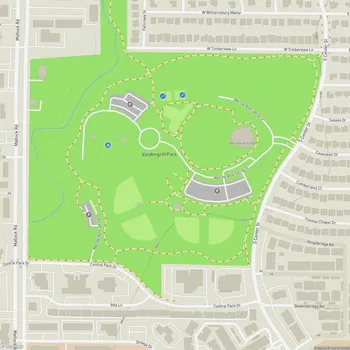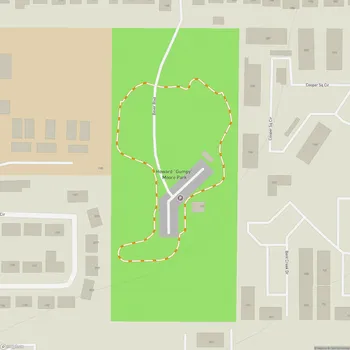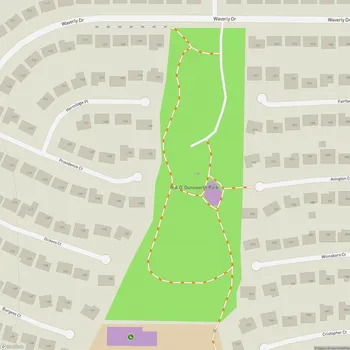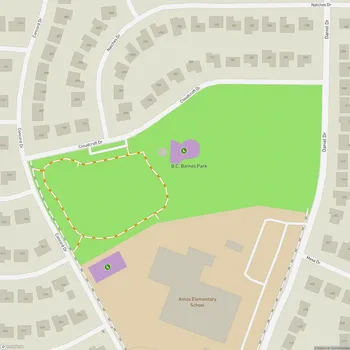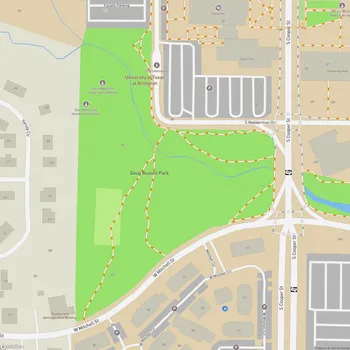Marrow Bone Linear Park
Marrow Bone Linear Park Map
About Marrow Bone Linear Park in Arlington
Marrow Bone Spring Park is a historically significant 12-acre park located in Arlington, Texas. Situated along Arkansas Lane, the park encompasses a site of considerable archaeological importance, recognized on the National Register of Historic Places since November 21, 1978.
The park's history is deeply rooted in Native American heritage. It was once an Indian habitat, with evidence suggesting occupation as early as the 1700s or possibly earlier. The site's name is theorized to have originated from a discussion about buffalo bone marrow between La Salle and Sieur Moranget, witnessed by 11 Native Americans.
In 1843, Marrow Bone Spring became the location of the first white settlement south of the Trinity River, established by President Sam Houston's envoys seeking peace with local tribes. Two years later, in 1845, Mathias Travis and I.C. Spence opened a trading post at the site, engaging in commerce with regional Native Americans.
The park features Johnson Creek, formerly known as Marrow Bone Spring. Along the creek, visitors can observe boulders where Native Americans who camped along the banks once ground grain. This area is also noted as the location where the first Indian treaty was signed.
In recent years, efforts have been made to enhance the park's facilities. In December 2010, bids were heard for the construction of a trail and parking lot. Further improvements were planned in June 2013 to address erosion issues in the area.
Today, Marrow Bone Spring Park serves as a recreational space for the local community while preserving its rich historical legacy. The park's walking trails wind through the area, offering visitors a chance to explore its natural beauty and reflect on its significant past.
